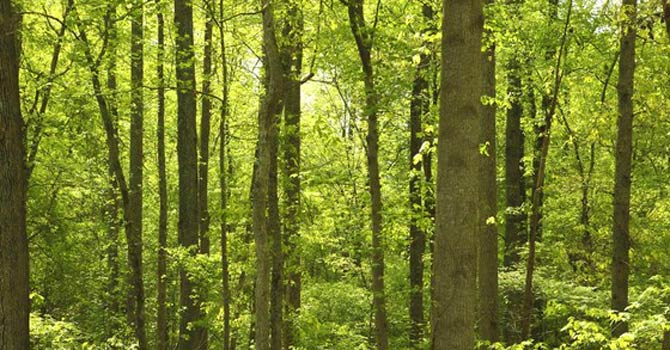In this post, you will find Forest in Pakistan. Pakistan is a blessed country in every respect. But less than 4% of the area of Pakistan is covered with forest. So many agencies and forest departments are working on the progress and growth of forests in Pakistan. There are many forests in Pakistan. The government of Pakistan is also taking the best measures to bring awareness regarding the importance of forests and reforestation in Pakistan. Forests play a vital role in the progress of a country as it is a good source of wood, energy, raw material etc. We should also try to promote plantations in Pakistan. Here below we are going to discuss the most important forests of Pakistan. In this article, you will learn about the Important forest in Pakistan.
Forest in Pakistan
In Pakistan, you will find different kinds of forests. These are the Beautiful places in Pakistan too. You may have knowledge about natural forests but in Pakistan, you will also find artificial forests. For instance, the Changa Manga forest is an artificial forest and is top on this list.
Types of Forest in Pakistan
In Pakistan, you will find different kinds of forests. So, the list of forest in Pakistan is given below.
- Littoral and Swamp Forest
- Tropical Dry Deciduous Forests
- Tropical Thorn Forests
- Sub-Tropical Broad-Leaved Even Green Forests
- Sub-Tropical Pine Forests
- Himalayan Moist Temperate Forests
- Himalayan Dry Temperate Forests
- Sub-Alpine Forests
- Alpine Scrub
Littoral and Swamp Forests:
Littoral and Swamp Forests are called the Wet Land Forests and the Flooded Forests. These usually occur or grow around freshwater lakes and near lower reaches of the river. According to the latest research, the Littoral and Swamp Forests are spread over an area of 207,000 ha. These are the low average-height forests of only 3 to 6m high. The typical species found in the soil of littoral and swamp forests are Eleusine, Panicum, Saccharum spp, and Cenchrus etc. The soil is moist all the time below the surface of these forests but not usually saline.
Tropical Dry Deciduous Forests:
This type of forest does not exist extensively in Pakistan but some of the areas of Rawalpindi foothills merge on typical dry deciduous forests. These forests are low or moderate in height and they may appear completely dense in the short rainy season. The common species found are Salamalia, Lannea, Mallotus, Acacia Catechu etc and shrubs include Gymnosporia, Carissa, Adhatoda, and Indigofera.
Tropical Thorn Forests:
The Tropical Thorn Forest is subjugated by xerophytic scrubs. These forests are widely spread on the Punjab plains and also cover the small areas of Western Baluchistan and Southern Sindh. The major tree species are Zizyphus, Prosopis, Capparis, Tamarix, and Aslvadora etc. Edaphically it is richly connected with the degree of salinity, Shallowness over rock etc.
Sub-Tropical Broad-Leaved Even Green Forests:
Sub-tropical broad-leaved forests are rich in xerophytic thorny small leaves even in green forests in Pakistan. These forests are spread on the foothills and the lower slopes of the Himalayas, the Salt Range, the Suliman Range and the Kalachitta.
Sub-Tropical Pine Forests:
Sub-Tropical Pine Forests are the most popular forests in Pakistan. These are large sub-tropical forests spread over an area of 76,200 km2. These forests assert a beautiful view of nature.
Himalayan Moist Temperate Forests:
These are evergreen forests consisting of conifers. It consists of both evergreen and deciduous species. The undergrowth is rarely dense in these forests. These forests are usually found in the lower reaches of the Himalaya Hindukush, and Sulaiman Ranges between 600-1700m above sea level.
Himalayan Dry Temperate Forests:
Dry Temperate Forests also grow at the same altitude but receive low or no summer rainfall. Chilghoza Pine and Juniper are the major growth in the dry temperate forests.
Sub-Alpine Forests:
These Sub-Alpine Forests are the evergreen conifers forests present throughout the Himalayas from about 3350 m to timber limit. The common species are Abies and Betula in Sub-Alpine Forests.
Alpine Scrub:
In this zone of Forests, there is a limited number of species exist. These forests include shrub formations 1m to 2m in height extending to 150m or sometimes more than the sub-alpine forests. Alpines are present in Kashmir, Hazara and Upper DIR at about 1100 ft altitudes above.
These are the forests in Pakistan which are playing a vital role. The forest is one of the major sources for the development of the country as it provides a source of energy like wood etc. They also help the land during floods and other natural disasters.

